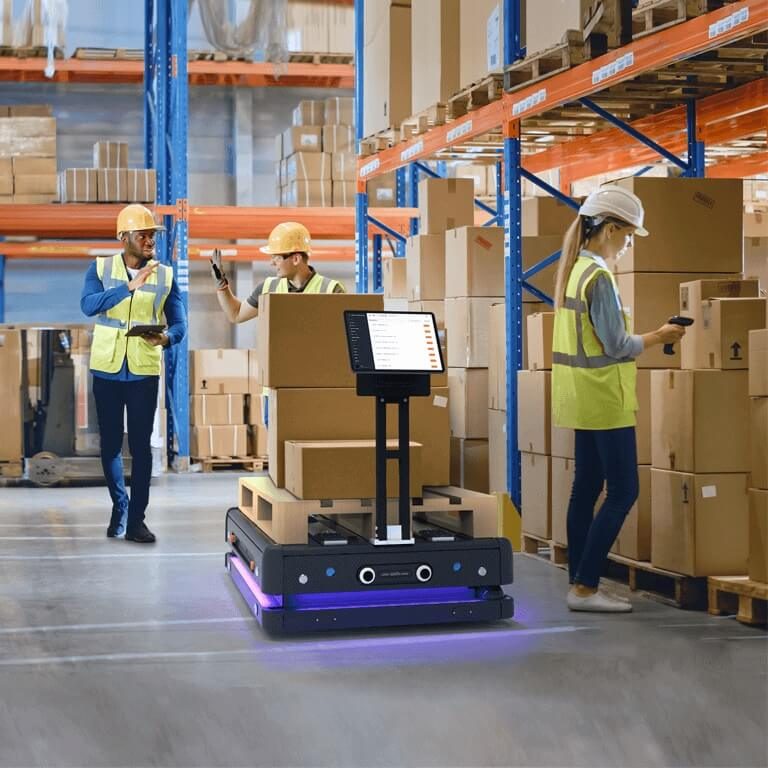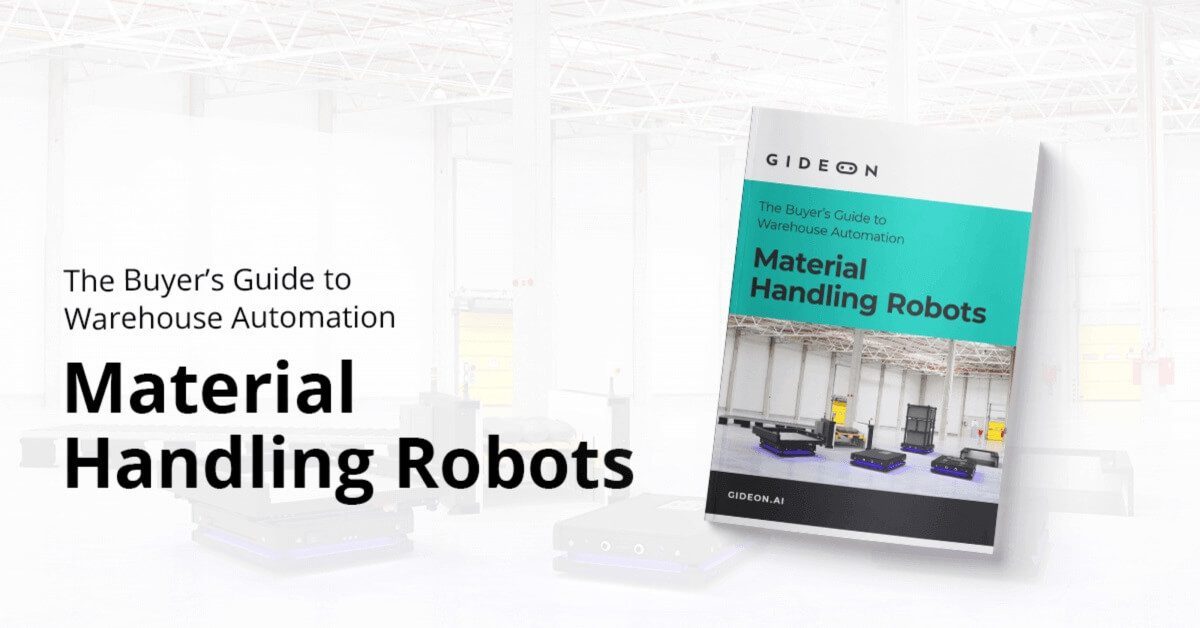- blog
The pros and cons of Autonomous Mobile Robots
We've compiled a list of positive and negative sides of using Autonomous Mobile Robots. Check out the pros and cons of AMRs!

/


